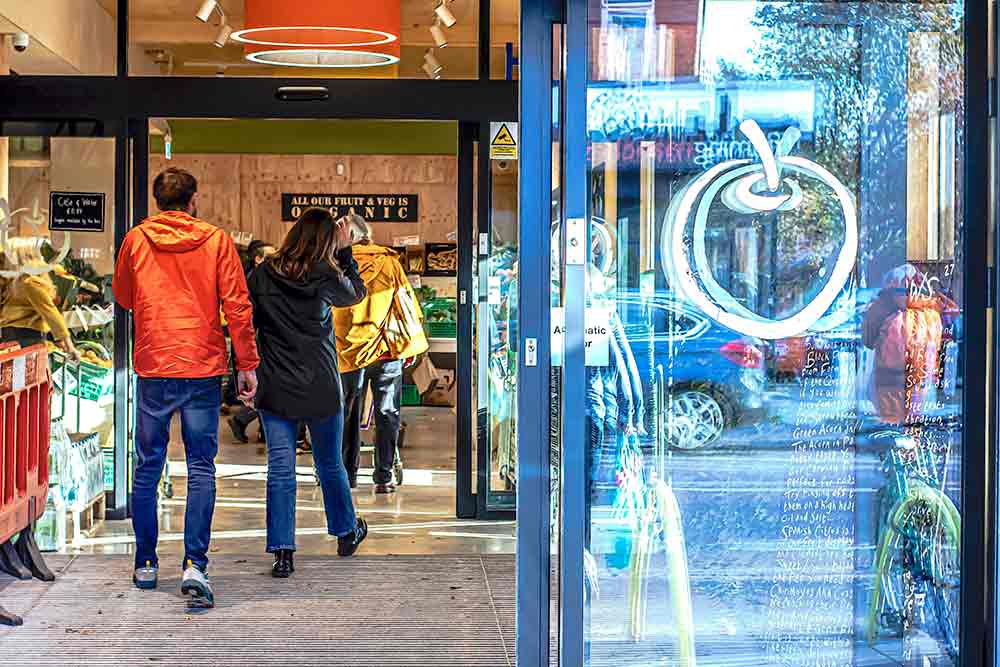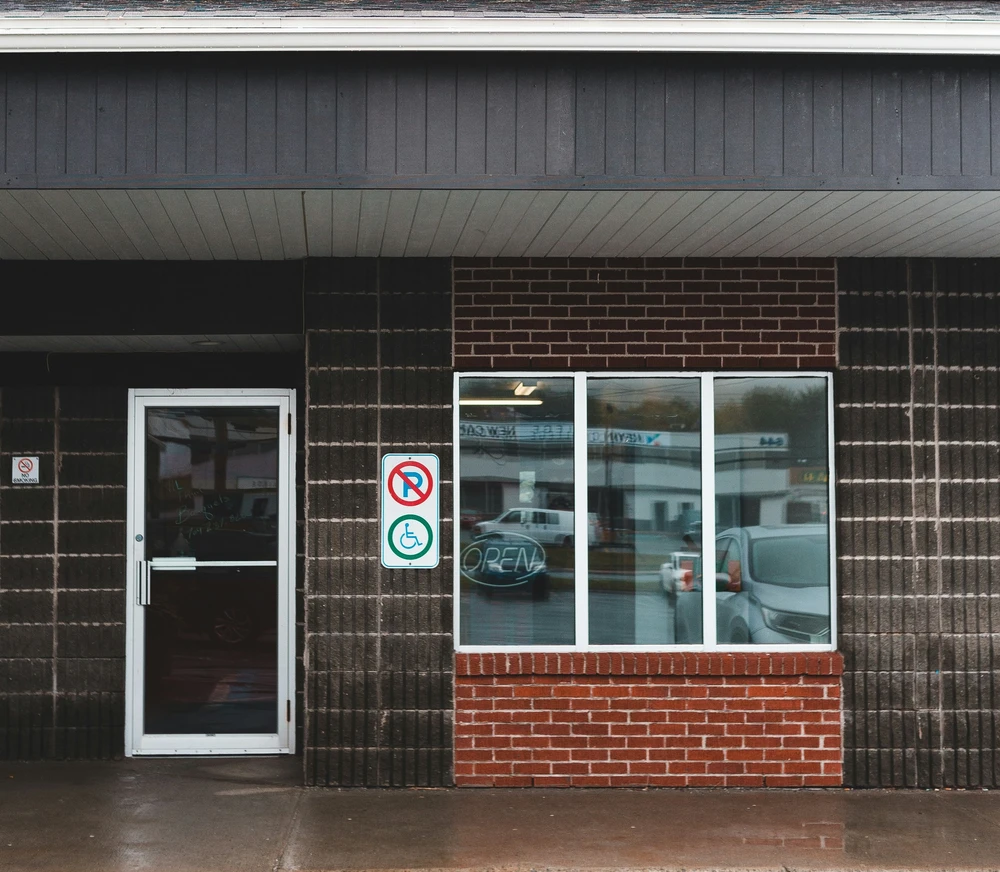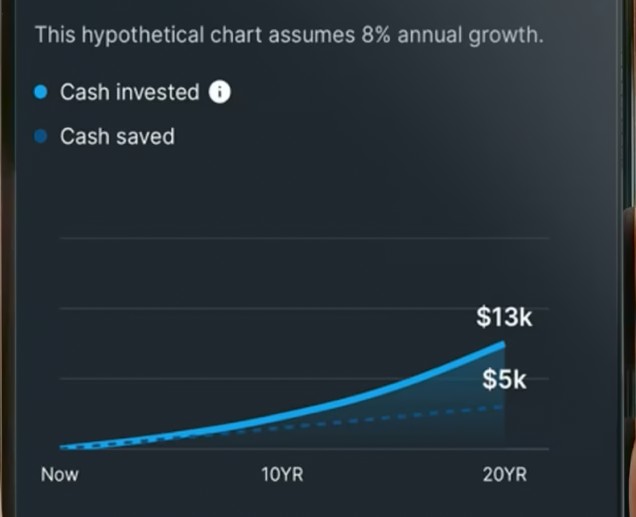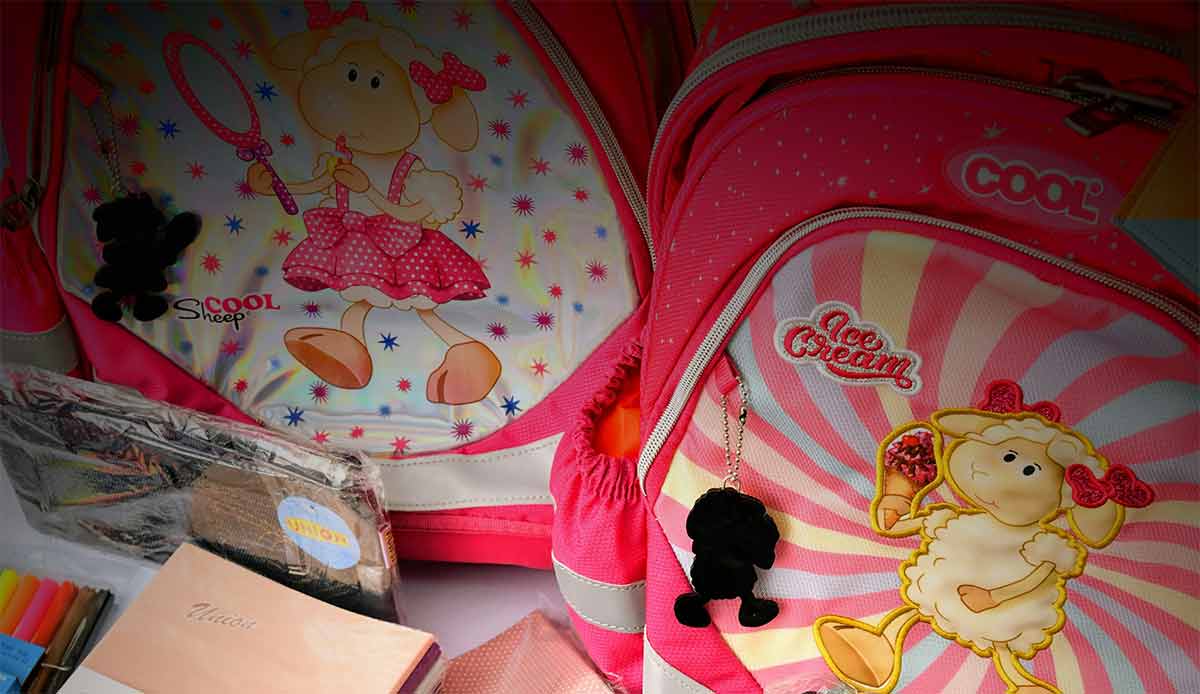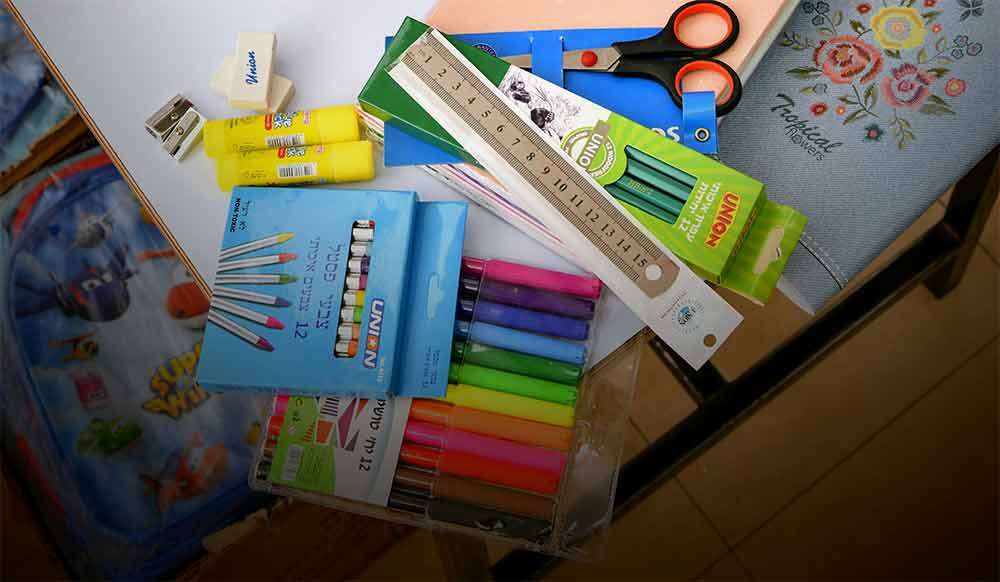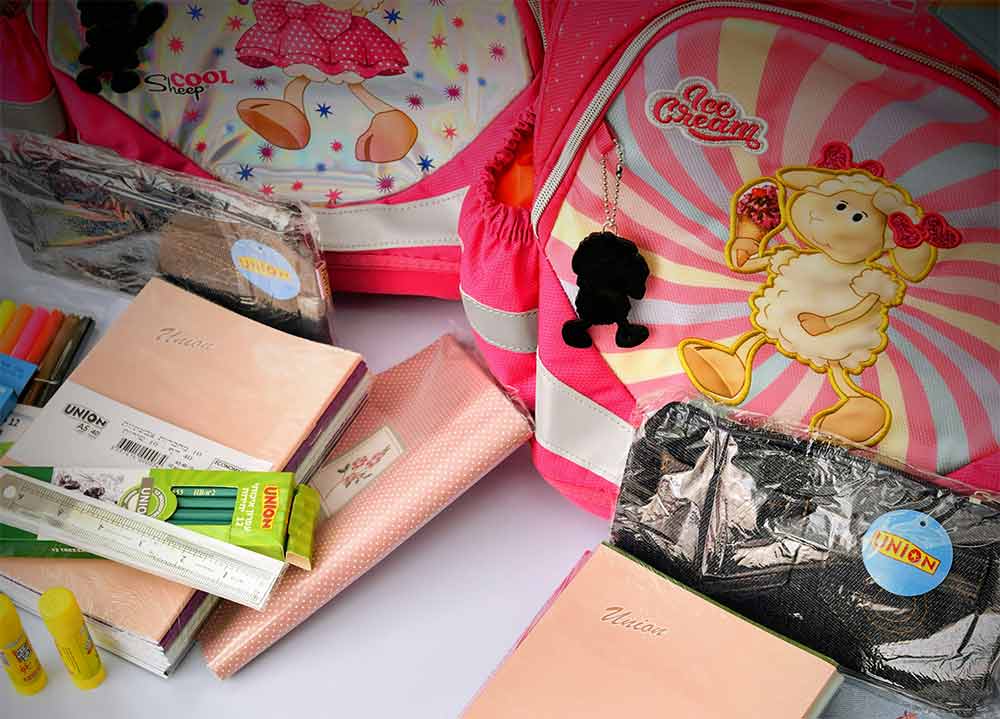Introduction to Budgeting in 2025
Budgeting is an essential component of personal finance management, and its importance has significantly grown in recent years. As we navigate through 2025, individuals are increasingly recognizing the need to maintain control over their financial resources. The combination of economic fluctuations, rising costs of living, and unpredictable global events has made budgeting not just a choice, but a necessity for many people. A well-structured budget enables individuals to plan for future expenses, savings, and investments, ensuring greater financial stability.
The landscape of budgeting has evolved remarkably, largely due to technological advancements. In 2025, various applications and digital tools have emerged that simplify and enhance the budgeting process. These budgeting apps allow users to track their spending habits, categorize expenses, and set financial goals with unprecedented ease. The integration of artificial intelligence and machine learning into these platforms further personalizes the budgeting experience, offering tailored advice and alerts to optimize financial decisions.
Moreover, the increasing awareness of financial literacy among the masses has contributed to the rising popularity of budgeting. People are proactive in searching for solutions that help them understand their expenses better and identify opportunities for savings. As a result, digital budgeting tools not only serve as effective record-keepers but also act as educational resources. This year, it is common to find applications that not only track spending but also offer insights into spending patterns, helping users to cultivate healthier financial habits.
Overall, budgeting in 2025 is defined by a blend of technology, accessibility, and a newfound commitment to financial well-being. As individuals continue to adopt these innovative budgeting solutions, the landscape of personal finance management will likely see transformative changes, leading to improved financial outcomes for many Americans.
The Rise of Budgeting Apps
In recent years, there has been a notable surge in the popularity of budgeting apps among Americans. This increase aligns with a broader trend of individuals seeking convenient and efficient tools for financial management. The rising need for real-time tracking of expenses and income is a significant factor contributing to the growing adoption of these applications. Budgeting apps offer a streamlined way to monitor finances, allowing users to gain insights into their spending habits and make informed decisions.
The diverse user base of budgeting apps ranges from seasoned investors to individuals new to the concept of budgeting. For experienced users, these apps provide advanced features such as investment tracking and sophisticated analysis tools that enhance their financial strategies. Conversely, budgeting newcomers benefit from user-friendly interfaces and basic functionalities that help them grasp the fundamentals of managing their finances. This wide range of options ensures that applications cater to varied financial needs, thereby attracting a broader audience.
Furthermore, the integration of technology in personal finance management has transformed how Americans approach budgeting. Many budgeting apps leverage artificial intelligence and machine learning to offer personalized insights, alerts, and recommendations tailored to individual spending patterns. As people become increasingly reliant on their smartphones, the convenience of having budgeting tools directly at their fingertips contributes significantly to their popularity.
The accessibility and affordability of these apps are also crucial to their rising prominence. With many budgeting apps available for free or at a low cost, they present an attractive alternative to traditional financial management methods, such as pen-and-paper budgeting. Overall, the convergence of convenience, technological advancement, and diverse user needs has established budgeting apps as essential tools for Americans aiming to improve their financial well-being.
Criteria for Choosing the Right Budgeting App
When selecting a budgeting app, it is crucial to consider several factors that will determine its effectiveness in managing personal finances. One of the primary criteria is usability. A user-friendly interface allows individuals to navigate the app effortlessly, ensuring that budgeting tasks such as tracking expenses and planning for savings can be completed with ease. A complex or unintuitive interface may hinder users from fully utilizing the app’s features, which can ultimately defeat its purpose.
Another vital factor is integration with bank accounts. A good budgeting app should allow users to link their bank accounts seamlessly. This feature enables automated transaction tracking and categorization, helping users maintain an accurate picture of their financial status without manual input. Apps that provide this level of integration can save users considerable time and reduce the risk of errors in tracking expenditures.
Security features are equally important when selecting a budgeting app. Users need assurance that their sensitive financial information is protected from unauthorized access. Look for apps that utilize strong encryption methods and offer two-factor authentication to enhance security. Ensuring that the app adheres to industry-standard security protocols is essential for protecting personal data.
Customization options can also significantly influence the user experience. A budgeting app that allows users to set personal financial goals, create tailored spending categories, and adapt to changing financial situations can foster increased engagement and motivation. Finally, pricing plans should be considered, as some apps offer free versions with limited features, while others require subscriptions for more advanced capabilities. Weighing the benefits of each tier against individual budgeting needs will help users find the most suited solution for their financial goals.
Overview of the Top 7 Budgeting Apps
In today’s fast-paced financial landscape, effective budgeting is critical for individuals seeking to manage their expenses and achieve their financial goals. With the rise of technology, numerous budgeting apps have emerged, each offering unique functionalities designed to address various budgetary challenges. This blog post will explore seven of the most highly recommended budgeting applications in 2025, each tailored to meet distinct financial needs.
The first app, known for its user-friendly interface, simplifies expense tracking and allows users to categorize spending easily. It is particularly beneficial for those new to budgeting, offering tools to create personalized financial plans. Another app focuses on the automation of savings, providing innovative features that help users effortlessly set aside money for future expenses, making it ideal for short-term financial objectives.
For individuals who prefer a more collaborative approach, one app facilitates group budgeting, allowing users to share expenses with family and friends seamlessly. This feature is advantageous for households managing shared bills or planning events together. Meanwhile, a budgeting application tailored for investment tracking is perfect for users interested in monitoring not just their expenses but also their assets and investments. It helps to visualize personal financial growth over time.
In addition, there are apps that offer personalized financial insights by using advanced analytics to suggest spending habits and budget adjustments, which can lead to better financial decisions. Lastly, a budgeting platform rooted in financial education equips users with information and resources not only to manage their money but to become financially literate.
Each of these budgeting apps provides functionality designed to help users overcome common financial obstacles. As we delve further into their individual features, capabilities, and benefits in the sections that follow, readers will find the perfect budgeting solution that suits their unique financial situation.
App 1: Mint
Mint is widely recognized as one of the leading budgeting apps available in 2025, thanks to its extensive features designed to simplify personal finance management. This app is particularly appreciated for its automatic bank synchronization capability, which allows users to effortlessly connect their financial accounts. By automatically importing transactions from various sources, Mint provides a comprehensive view of an individual’s income and expenditures, facilitating more informed budgeting decisions.
One of the standout features of Mint is its robust budgeting tools. Users can set personalized budgets across different categories, such as groceries, utilities, and entertainment. The app tracks spending in real-time, alerting users when they approach budget limits, thereby promoting disciplined financial habits. Additionally, Mint’s visual representations of spending patterns make it easy for users to identify areas where they can save money, an essential aspect of effective personal finance management.
Expense tracking is another key feature that sets Mint apart from other budgeting apps. Users can categorize their expenses automatically, allowing for better insights into where their money is going each month. This level of detail assists users in making necessary adjustments to their spending habits. Moreover, Mint offers goal-setting features, enabling individuals to easily plan for future purchases or savings objectives, thus fostering a proactive approach to financial well-being.
User testimonials highlight Mint’s user-friendly interface and effectiveness in helping individuals master their budgeting process. Many users report feeling more in control of their finances thanks to the actionable insights and reminders provided by the app. Overall, Mint continues to be a reliable choice for those seeking to enhance their budgeting skills and manage their finances more effectively in 2025.
App 2: YNAB (You Need A Budget)
YNAB, short for “You Need A Budget,” stands out in the crowded marketplace of budgeting applications due to its distinctive financial philosophy. Instead of merely tracking expenses, YNAB encourages users to proactively allocate each dollar they earn. This method, known as “zero-based budgeting,” empowers users to assign every dollar to a specific category, be it savings, bills, or spending. By doing this, individuals gain a clear understanding of their financial situation and can make informed choices about their money.
One of YNAB’s core features is its goal-setting capability. Users are able to set financial objectives, whether it is saving for a vacation, managing debt, or creating an emergency fund. This feature not only helps in tracking progress but also motivates users to adhere to their budgets. The app features a straightforward interface that allows individuals to easily navigate between categories and monitor their spending habits. This simplification of tracking and management is instrumental in building better financial awareness.
In addition to its robust budgeting tools, YNAB provides a wealth of educational resources aimed at fostering financial literacy. The app includes tutorials, workshops, and a supportive online community where users can learn tips and tricks for managing their finances more effectively. This educational aspect of YNAB significantly enhances its value, especially for users who may be unfamiliar with budgeting concepts.
Real user experiences have demonstrated that people who consistently use YNAB report significant improvements in their financial health. Many have shared anecdotes about finally feeling in control of their money, reducing debt, and saving more efficiently. The consensus among users is that YNAB fosters a proactive approach to financial management, turning budgeting from a mundane task into a proactive strategy for achieving financial goals.
PocketGuard: A Smart Budgeting Solution
PocketGuard is revolutionizing personal finance management with its intuitive approach to budgeting. Designed for simplicity, this app stands out by helping users effectively track their spending. Unlike some budgeting tools that may overwhelm users with complex features, PocketGuard focuses on the essentials, making it an ideal choice for individuals seeking a straightforward way to maintain financial health.
One of the primary features of PocketGuard is its ability to identify unallocated funds, which it refers to as “In My Pocket.” By analyzing users’ income, bills, and recurring expenses, the app enables users to see how much money is available for discretionary spending. This aspect is particularly beneficial for those trying to control their impulsive purchases. By providing a clear view of what can be spent, PocketGuard empowers users to make informed decisions, ultimately leading to better financial outcomes.
Setting spending limits becomes seamless with PocketGuard. Users can establish budgets for various categories such as groceries, entertainment, and bills. This feature not only fosters mindful spending but also encourages users to adhere to their financial goals. The app sends alerts when users approach their budget limits, ensuring that they keep their finances on track while avoiding overspending.
Real-life user stories highlight the transformative impact of PocketGuard. For instance, a single parent may share how the app helped them allocate funds efficiently, allowing for an unexpected family getaway without incurring debt. Similarly, a college student might describe reducing their dining expenses drastically through careful tracking of their daily spending. These examples illustrate how PocketGuard does not merely serve as a budgeting tool, but as a transformative ally in users’ financial journeys.
App 4: EveryDollar
EveryDollar is a budgeting application developed by renowned financial expert Dave Ramsey, designed to simplify the budgeting process for users. This app utilizes a zero-based budgeting approach, which encourages individuals to allocate every dollar of their income towards specific expenses or savings goals. This method not only promotes mindful spending but also ensures that every dollar has a purpose, which is especially beneficial for those looking to take control of their financial situation.
Creating a monthly budget with EveryDollar is an intuitive process. Users can easily input their monthly income and start assigning funds to various categories, such as housing, food, transportation, and entertainment. The interface is user-friendly, making it accessible for individuals regardless of their financial expertise. The ease of use has garnered positive reviews among users who appreciate the straightforward design and functionality of the app.
An additional advantage of EveryDollar is its seamless integration with the Ramsey app ecosystem. Users who are already utilizing other Ramsey products, such as Financial Peace University, will find that EveryDollar complements these tools perfectly. This integration allows for comprehensive financial management, consolidating budgeting with educational resources aimed at achieving financial independence.
App 5: GoodBudget
GoodBudget is a digital envelope budgeting tool that revamps the traditional envelope system, allowing users to manage their finances more effectively in a modern digital format. The core principle of the envelope budgeting method involves dividing income into various spending categories or “envelopes.” Each envelope represents a specific budgetary share allocated for certain expenses, such as groceries, transportation, or entertainment. Users can easily track their spending by assigning a certain amount of virtual currency to each envelope, enhancing financial discipline and providing a visible structure for budgeting.
The shift from physical envelopes to digital management provides several advantages for users who prefer cash-based budgeting methods. GoodBudget allows individuals to maintain the same principles of cash management without the hassle of handling physical cash. With the application, users can sync their budgets across multiple devices, ensuring accessibility and convenience. This feature is particularly beneficial for families or couples managing joint finances, as everyone can stay up-to-date on spending and remaining budgets collaboratively. Additionally, GoodBudget offers reporting tools that analyze spending habits over time, helping users recognize patterns and make informed decisions regarding their financial health.
User experiences with GoodBudget highlight its intuitive interface and ease of use, making it particularly attractive for those who may be intimidated by more complex budgeting software. However, some limitations have been noted, such as the absence of certain advanced features like direct bank syncing, which could enhance convenience for some users. While it may require manual input of transactions, many find that this practice fosters greater mindfulness about spending. In conclusion, GoodBudget serves as an excellent tool for those seeking to implement the envelope budgeting system effectively in a digital format, promoting financial awareness and controlled spending.
App 6: Personal Capital
Personal Capital has gained significant popularity among users seeking a robust budgeting tool that also offers investment tracking functionalities. This application stands out in the crowded personal finance space due to its comprehensive approach to financial management, combining budgeting capabilities with detailed investment monitoring. Users can effectively manage their day-to-day finances while simultaneously keeping an eye on their long-term financial goals.
A key feature of Personal Capital is its ability to provide insights into an individual’s net worth. By aggregating various financial accounts—such as bank accounts, credit cards, and investment portfolios—users can obtain a clear picture of their overall financial health. This holistic view is essential for effective financial planning and allows users to make informed decisions regarding their spending and saving habits.
In addition to net worth tracking, Personal Capital excels in retirement planning. The app offers users personalized retirement planning tools that assess their current financial status and future needs. With this information, users can set realistic retirement savings goals and track their progress towards these objectives. The retirement planner, in particular, utilizes advanced algorithms to calculate how much users need to save to maintain their desired lifestyle in retirement.
An often-overlooked aspect of financial management is the fees associated with investment accounts. Personal Capital uniquely addresses this concern by providing an analysis of users’ investment fees across their portfolios. This exposure helps individuals understand how fees can erode investment returns over time, allowing them to make better choices about investment products and management services.
Overall, Personal Capital positions itself as an all-in-one financial management tool that appeals to individuals looking for both budgeting and investment tracking capabilities. With its user-friendly interface and comprehensive features, it continues to receive accolades from users who prioritize their financial health in 2025.
App 7: Spendee
Spendee is an innovative budgeting application that has gained popularity among American users for its visually appealing interface and robust group budgeting capabilities. This application stands out by providing an interactive and engaging platform that makes budgeting less of a chore and more of a collaborative experience. One of its unique features is the ability to allow multiple users to work together on a single budget, making it ideal for families or groups of friends who wish to manage shared expenses. This group budgeting feature fosters communication and transparency, as users can easily track contributions and expenditures without any confusion.
Moreover, Spendee excels in catering to travelers with its multi-currency support. This functionality enables users to manage their expenses in different currencies seamlessly, which is especially beneficial for international trips. Users can convert their spending into their home currency, thereby gaining better insights into their budget as they navigate new financial landscapes while traveling. The intuitive interface helps users visualize their spending patterns, and the app can generate graphs and charts that summarize financial data, making it easier to comprehend complex budgets at a glance.
User feedback often highlights the app’s aesthetic appeal and user-friendly navigation. Many users appreciate how the colorful design and layout contribute to a more enjoyable budgeting process. Furthermore, individuals have noted the ease of syncing with their bank accounts, simplifying expense tracking and allowing for real-time updates. This feedback underscores Spendee’s commitment to enhancing user experience through innovative technology. Overall, its collaborative features, along with multi-currency capabilities and appealing design, position Spendee as a top choice for those looking to effectively manage their finances.
Conclusion: Finding Your Perfect Budgeting App
As individuals navigate the complexities of personal finance in today’s fast-paced world, selecting the right budgeting app becomes an essential task. With numerous options available, it is crucial for users to assess their unique financial situations and preferences. Personal finance management is not a one-size-fits-all approach; hence, the ideal budgeting app for one person may not be suitable for another. This diversity in functionality underscores the importance of finding a tool that aligns with individual financial goals and lifestyle.
Engaging with various budgeting applications can be an enlightening experience. Many apps offer free trials or limited features, allowing users to test different options without financial commitment. This trial-and-error approach is valuable, as it enables users to explore the user interface, functionality, and compatibility with personal financial habits. Understanding each app’s strengths and weaknesses can lead to a more informed decision, ultimately enhancing financial management practices.
Moreover, modern technology facilitates continuous learning and adaptation in financial literacy. By utilizing budgeting apps, users can stay informed about their spending habits and financial trends. Many of these applications not only provide budgeting tools but also offer educational resources to enhance financial knowledge. This integration of technology and personal finance fosters a proactive approach to money management, empowering users to take charge of their financial futures.
In conclusion, the path to selecting the perfect budgeting app requires thoughtful consideration of individual needs, preferences, and the willingness to experiment with different tools. As users become more adept at navigating their finances through these applications, they contribute to their overall financial well-being, ensuring they remain informed and prepared to make sound financial decisions.

